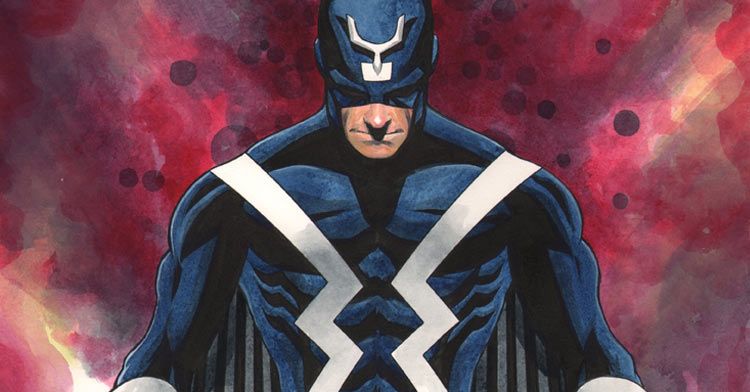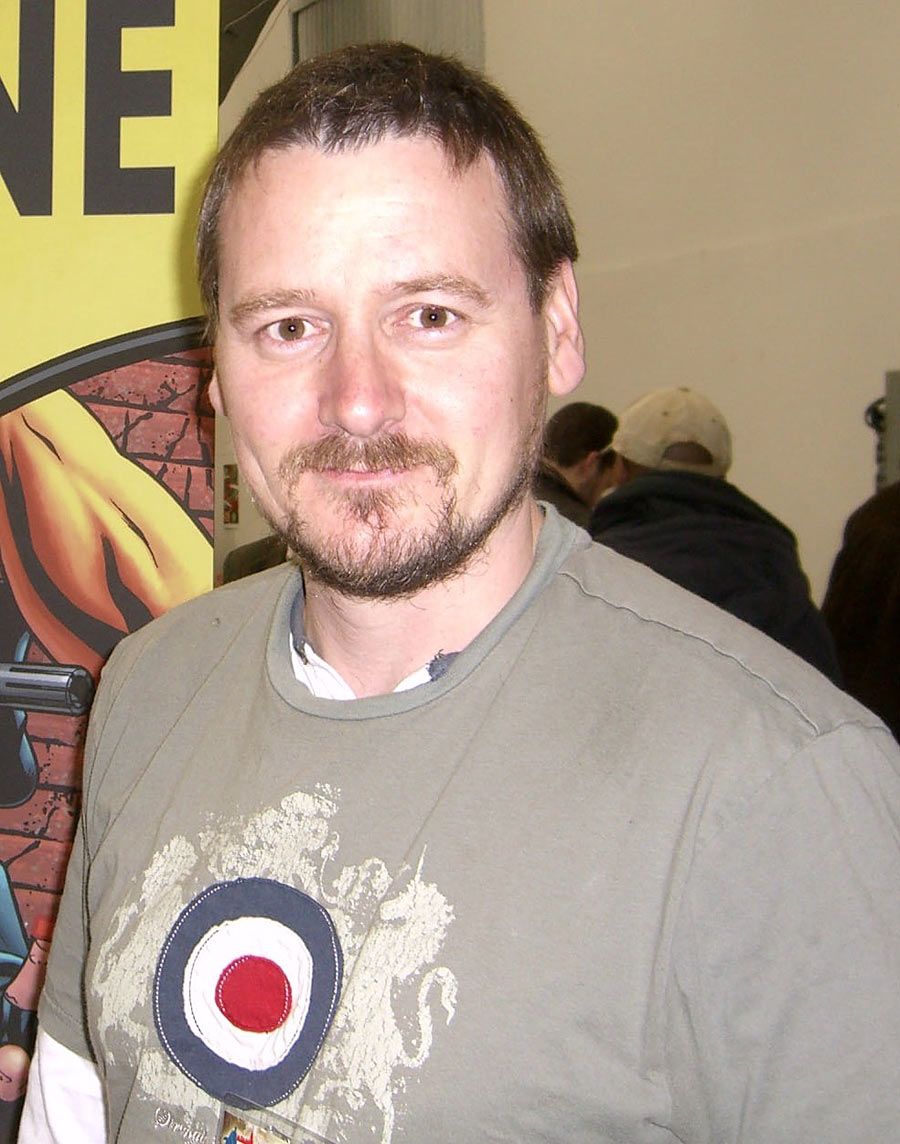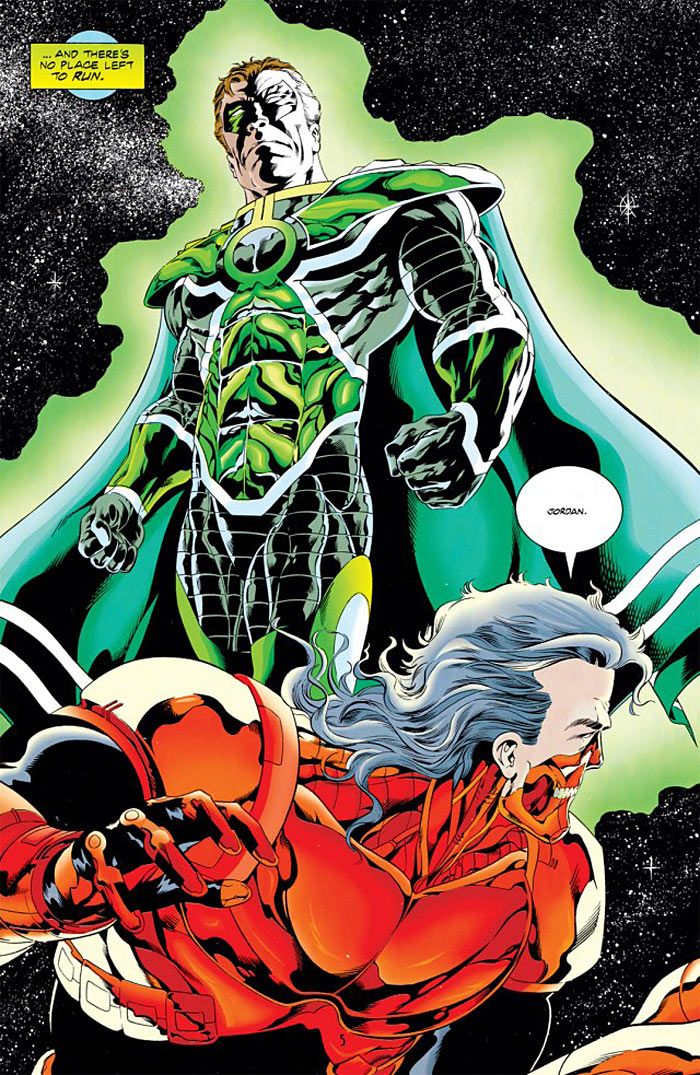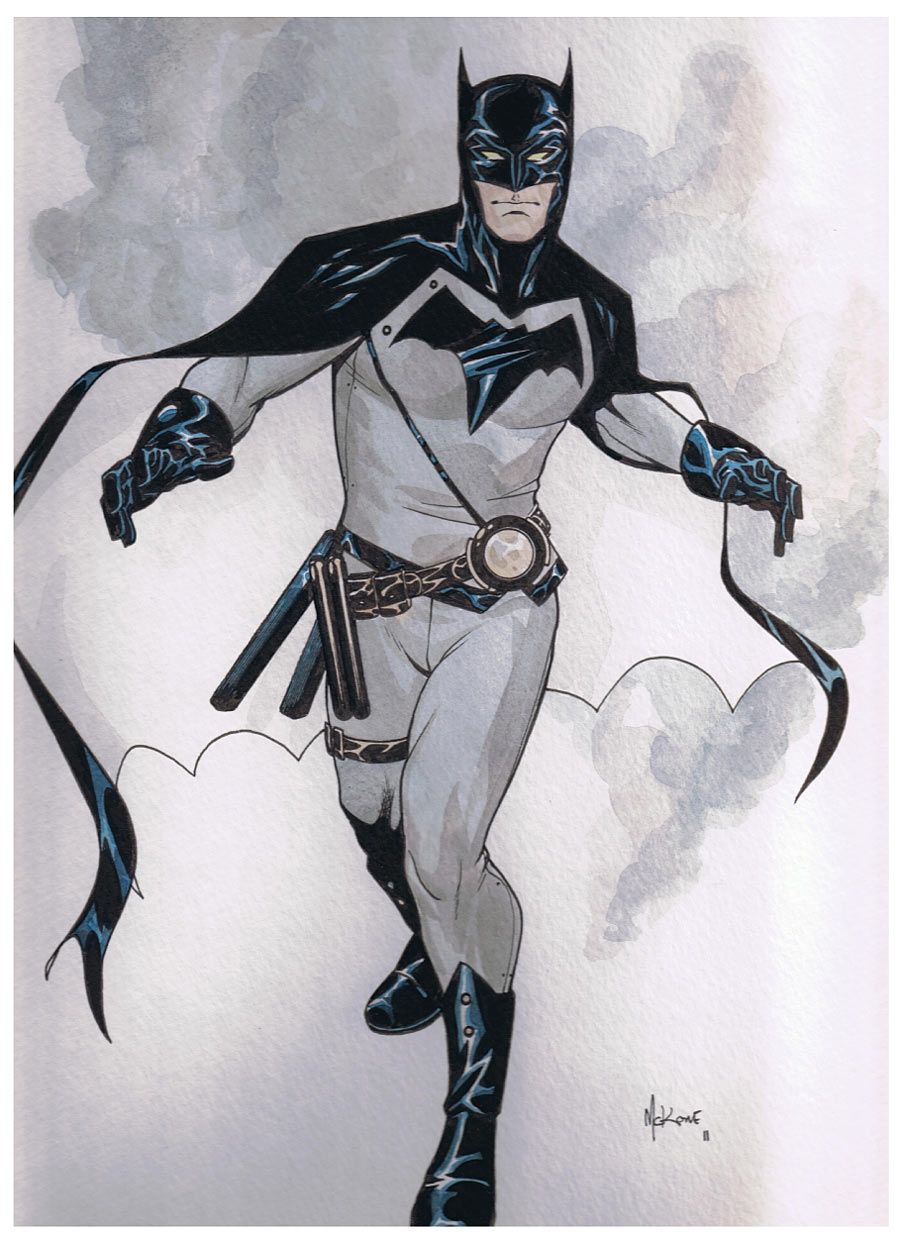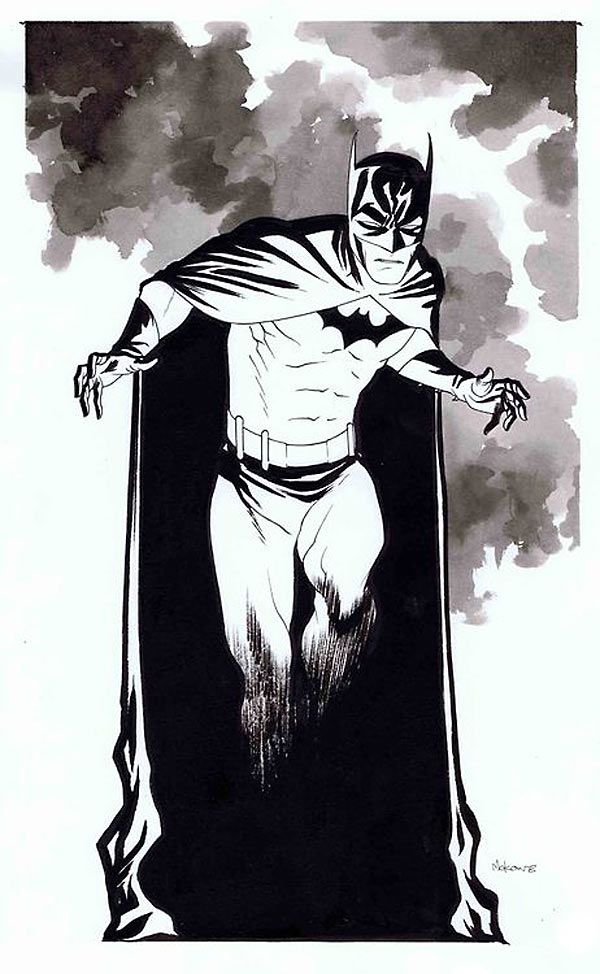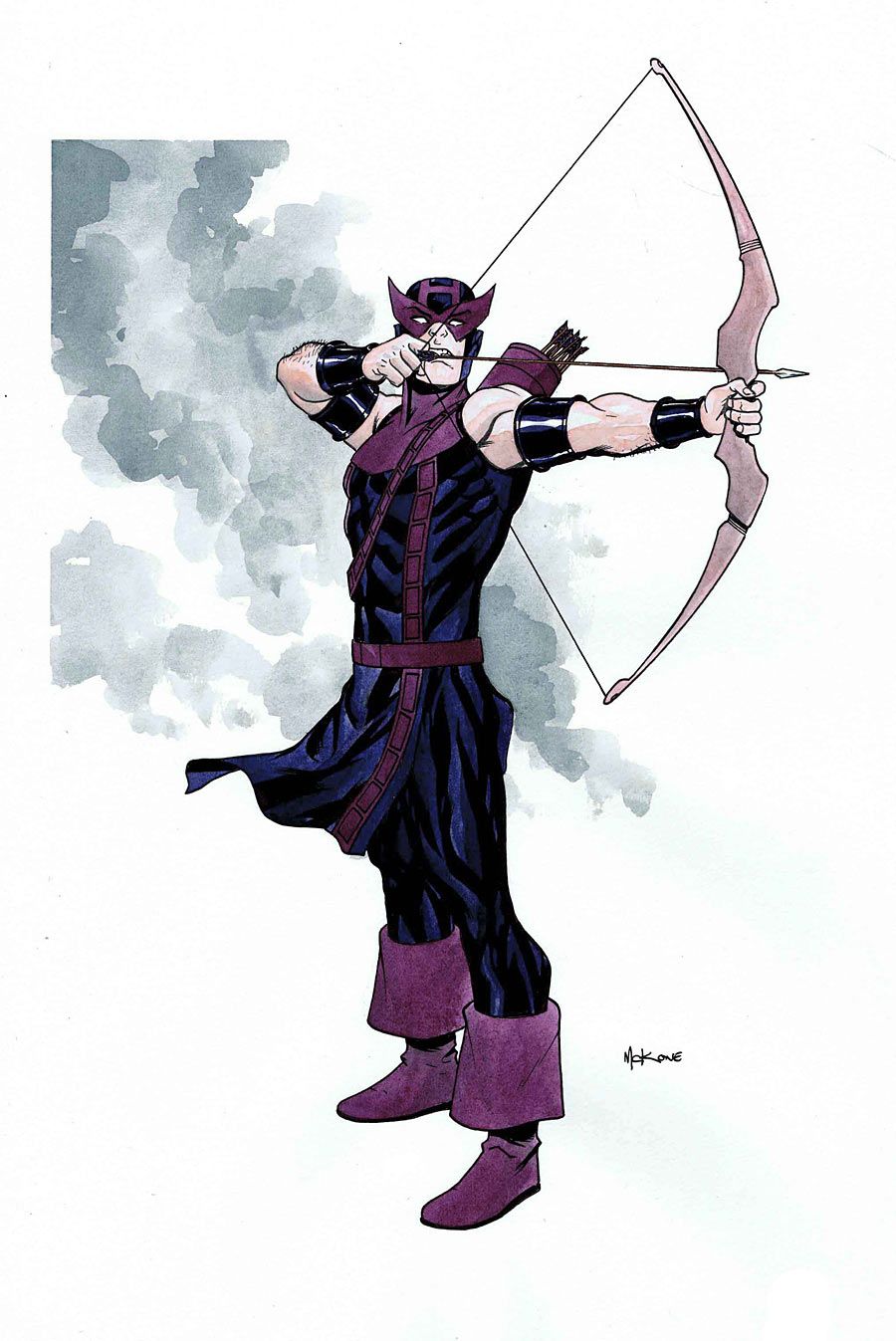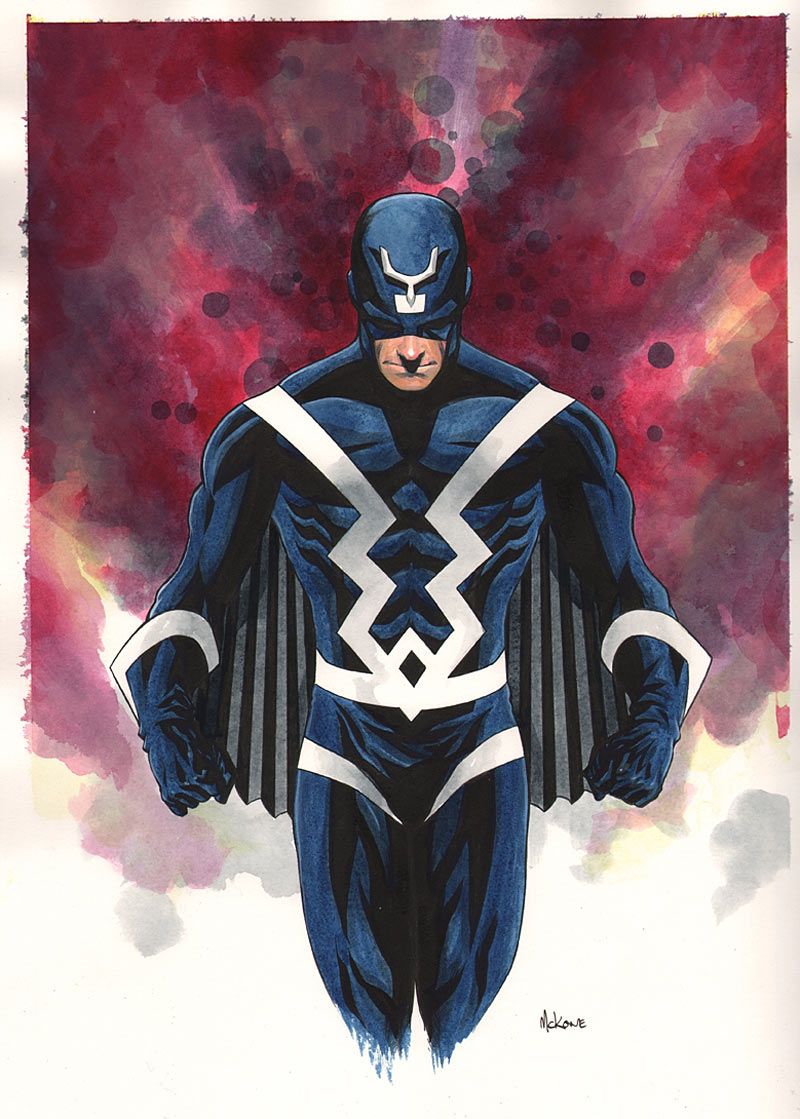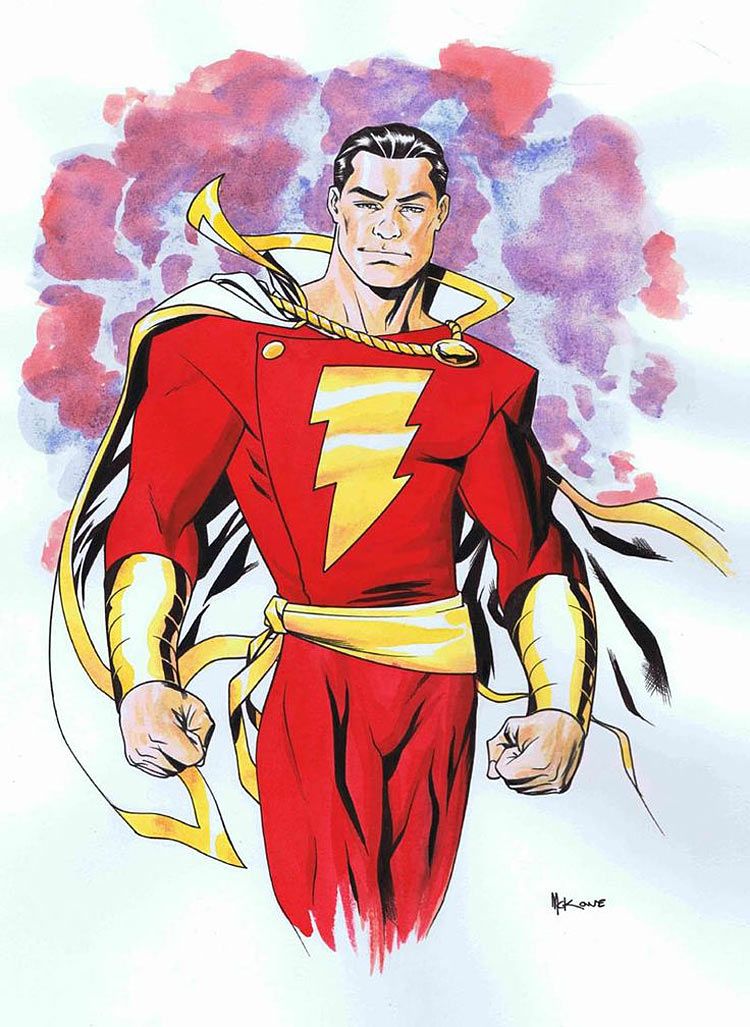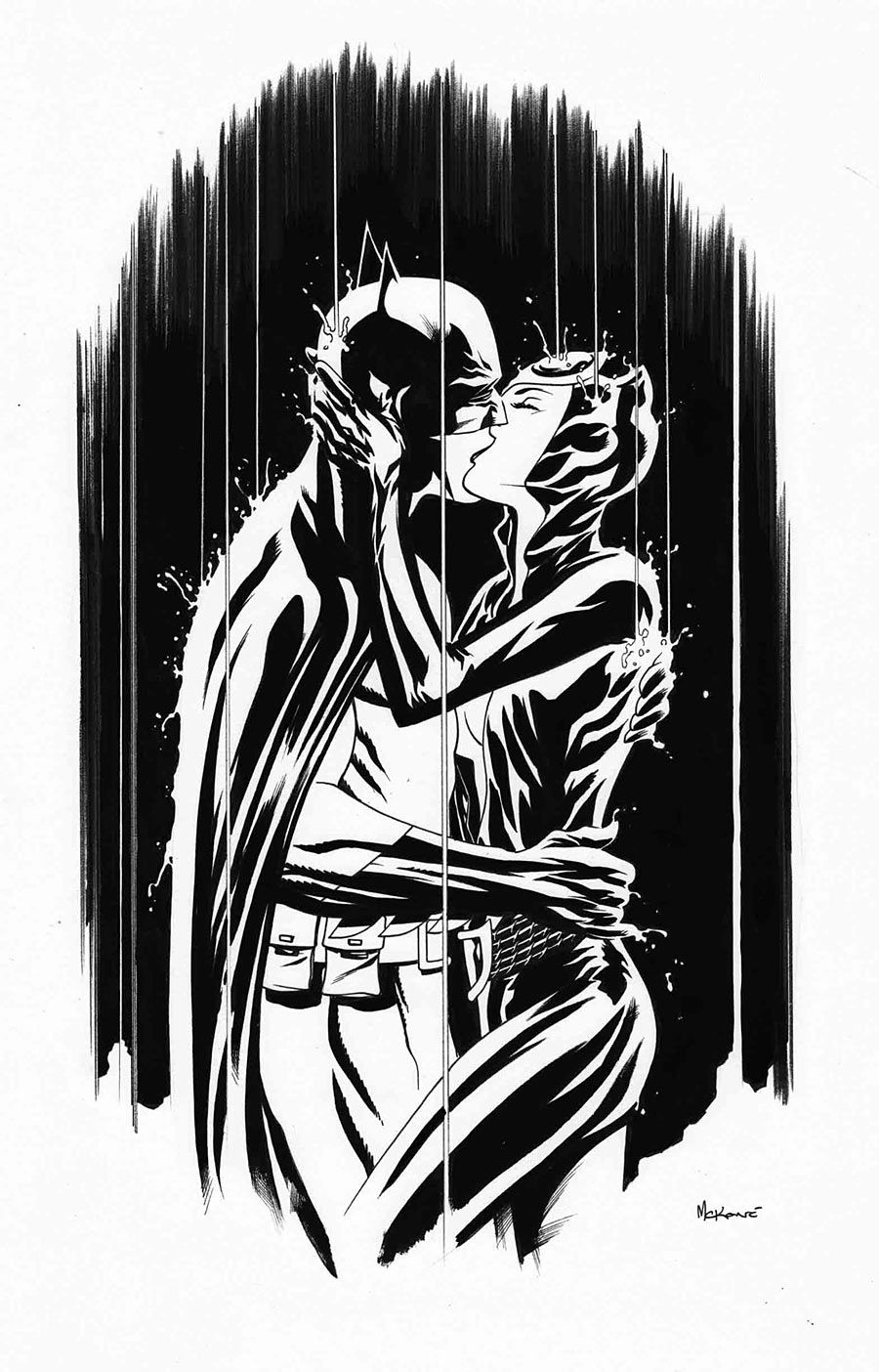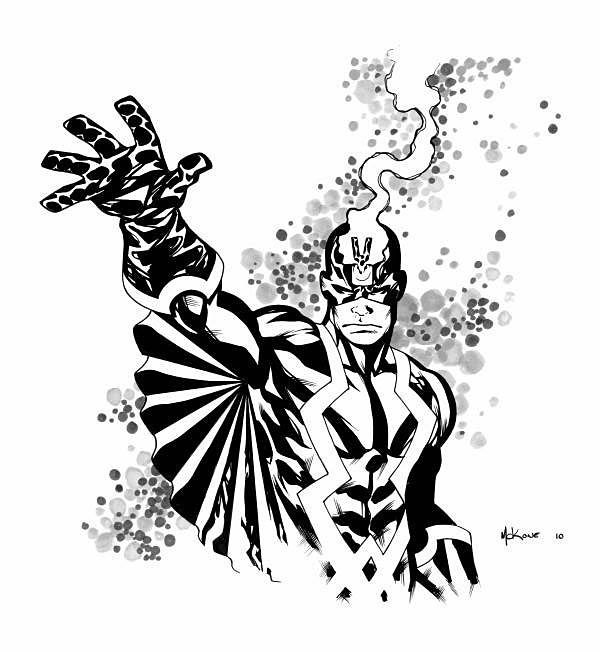On the Road Again, and Again, and Again
In the last month or so, I've been to conventions in Hyderabad, India, on the island of Malta, and in Mexico City. All amazing experiences, with organizers and staff that were hugely generous and attentive. But I'm glad to be home.
As absolutely wonderful as the trips were, that much travel in a short span is draining, and plays havoc with a work schedule. The ever-increasing number of conventions means there's a show, or more than likely three of four of them, every weekend throughout the year.
If you've been to any comic conventions this year, there's a pretty fair chance you've seen artist Mike McKone at one of them. Probably more than one of them. Mike's credits are a laundry list of Big Two titles, including "Teen Titans," "Fantastic Four," "Amazing Spider-Man" and the "Avengers: Endless Wartime" original graphic novel. But he's set aside drawing interiors, at least for now.
This year has been the Year of Conventions for Mike, who is literally living on the road, without anyplace to really call home. He's spent his time driving from one con to another, logging thousands of miles on the road, mostly living in hotels.
Mike and I have been friends for two decades, and I'm a big fan of his art. We've worked together on a few projects, like "Parallax" one-shot, though nowhere near enough of them as far as I'm concerned. Our paths have crossed at probably four or five shows this year. While I was in Mexico City last weekend, Mike was appearing at my local show, Albany Comic Con.
It was another weekend of signing, sketching, and selling prints and original art for Mike, much the same as most every other weekend this year. Mike's not the only one, of course. A number of artists are making a majority of their income at conventions, rather than doing a great deal of actual comics work. It's an indication of the spread of conventions, as well as the kind of money being spent at them. Kevin Maguire, for instance, has already appeared at more than 30 conventions in 2014.
But even Kevin has a home base. Mike, on the other hand, has been living out of suitcases and in hotels since last year. I talked to Mike about it while he was in Toronto, which he said was a "long story" in itself.
Ron Marz: You're originally from England, but you've moved around quite a bit, right?
Mike McKone: I was born and raised in the northeast of England in a small town just outside of Newcastle. Very blue collar, heavy industry like coal mining, ship building, steelworks. I moved to Spain shortly after my mother passed away, and wound up in the Pyrenees. I lived on a sheep farm for about two and a half years with my two dogs, Jake and Sid, and we had a great time. Lots of hiking, exploring the mountains, making friends with the locals... mostly making friends with the locals.
I broke into the business in 1990. Were you right in that same time frame?
I broke in in 1988. Took my portfolio to a convention in London and showed it to Dick Giordano from DC. He took my samples and a couple of weeks later Andy Helfer called me and asked if I'd be interested in drawing a spec script for "JLA." Not being a complete eedjit, I said yes and they ran the story in the issue after Kevin Maguire left the book.
So when did you first move to the U.S.? You set up in New York City first, and then moved to San Diego?
I moved to the U.S in 2009, to New York. Marvel was kindly sponsoring my work visa so that was a necessity. I'd been attending SDCC since 2000, so when the subject of moving outside New York came up, California seemed like a good idea, and San Diego was somewhere I was already familiar with.
It's a big leap from living in San Diego to living on the road, isn't it? That seems like a pretty huge decision.
I was living in San Diego with my very old, sick dog Sid, and working on the "Avengers" graphic novel. I finished up that and Sid passed the weekend before Comic-Con 2013. When I got back home after the show, it wasn't somewhere I wanted to live anymore. Fortunately I was renting, so I put everything I had into storage, gave notice to my landlord, and drove across country to the convention in Tampa that I had intended to fly to. I had several shows lined up so it was fairly straightforward to build a schedule around those and simply drive to each of them in turn instead of flying in and out, which was the original plan.
How much of the decision prompted by wanting a change in your life, and how much was prompted by wanting to minimize the interior work you were doing?
Initially, I just didn't want to be in San Diego anymore, and I thought I could bounce around the East Coast shows for a few months before I started work on my next project, "Justice League United." Obviously, it was also a response to being responsible for a sick pet and all that that had entailed.
So that continued from 2013 right into this year. How many cons will you do ultimately in 2014?
I think I'll have done 30 shows in all by year's end. All over the U.S, Australia, and the UK. I drive to most of them, but sometimes it's just not practical. Even so I've covered about 30,000 miles by road this year.
And how many shows do you have lined up in 2015?
I only have a couple lined up for next year, but I'll need to get my itinerary worked out seriously over the next couple of months.
So tell me about the logistics. What does a con generally provide for you in terms of hotel room, travel expenses, all of that?
Ideally, shows provide three or four nights accommodation and travel expenses. When I'm deciding which cons to attend, the ones that it'll cost me the least to attend take precedence.
Give me some sense of a typical week on the road.
The key to making this endeavor work has been in dividing my week into two parts. The convention's on Friday, Saturday and Sunday, and then the rest of the week to do actual published work. It's generally a good idea to leave the convention city after the show ends on Sunday nights and drive to where I have to be for the next show. Then I have uninterrupted work time until setting up at the next con.
But you're done with interior work for the foreseeable future, right? You're making most of your income via convention sketches, selling originals and prints. How's that working financially?
Drawing the five-issue arc of "Justice League United" while living in hotels was... difficult. Physically, because hotel tables were apparently invented to destroy the lower backs of comic book artists. Also difficult because I've been burnt out on interiors for a while, and should have stopped drawing them a couple of years ago. It's much easier to make a living drawing comic books than it is to make a living at conventions, at least for me. My income will probably halve over the next year, but right now I don't want to draw interiors for anyone but me.
Meaning creator-owned material?
I plan to draw my own, but not for anyone else.
It seems like more and more artists are finding conventions a viable way to make a living. But obviously you've taken it to an extreme, without any real home base. How long do think you can continue this lifestyle?
I really don't know. I'm not drawing a book anymore, so there isn't that safety net. I'll see how it goes. My plan is to find a place to reside over the winter, and then get back on the road at the beginning of con season next year.
By now you must have seen more of America than the vast majority of Americans have seen. You must have some great stories out of all this.
The first two days on the road. I got my one and only speeding ticket in Arizona, racing a pick-up through the desert. I was winning, but the police officer who stopped me didn't see that as a viable excuse. I think he just disliked English people. But I have a friend who is a retired cop, and he was able to assist me in the prompt payment of my fine.
And then the first night out of San Diego, I was driving alongside a cornfield in the middle of the night, miles from anywhere, and I saw huge flames shooting up on the horizon. A few miles later, I saw that it was a huge haystack on fire, so I stopped and called 911. I sat out in the field and watched a stack of probably sixty or seventy bales go up in flames. At 4 a.m. In Nowhere, U.S.A. Alone. No one else saw it. And that's what this whole trip has been about, I think.
Ron Marz has been writing comics for two decades, and thinks it's pretty much the best job ever. His current work includes "Witchblade" and the graphic novel series "Ravine" for Top Cow, "Skylanders" for IDW, "John Carter: Warlord of Mars" for Dynamite, "The Protectors" for Athlitacomics, and Sunday-style strips "The Mucker" and "Korak" for Edgar Rice Burroughs, Inc. Follow him on Twitter (@ronmarz) and his website, www.ronmarz.com.

